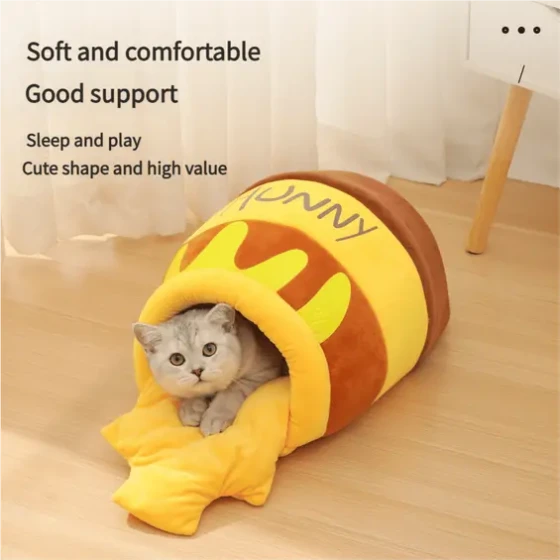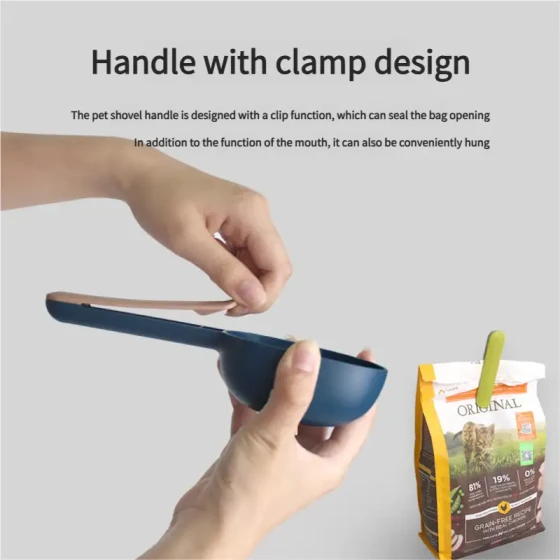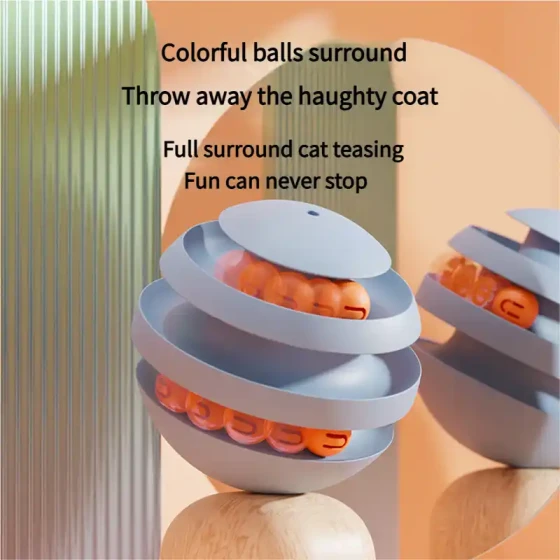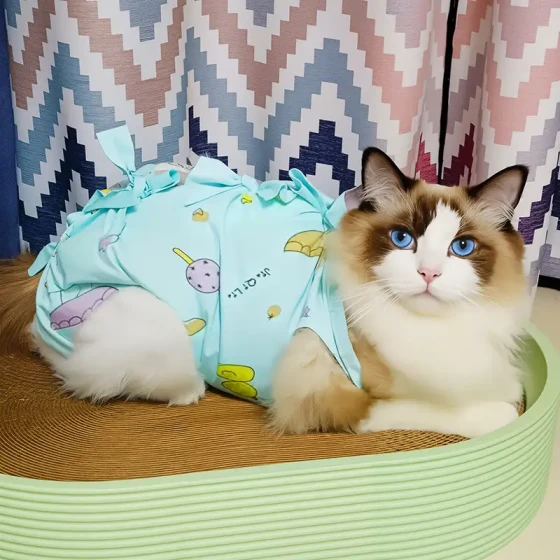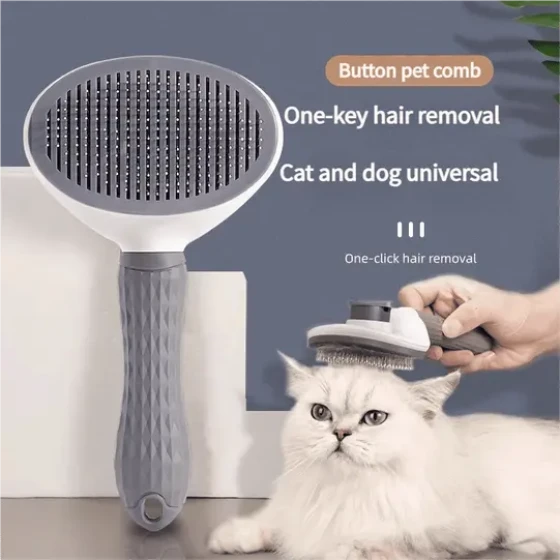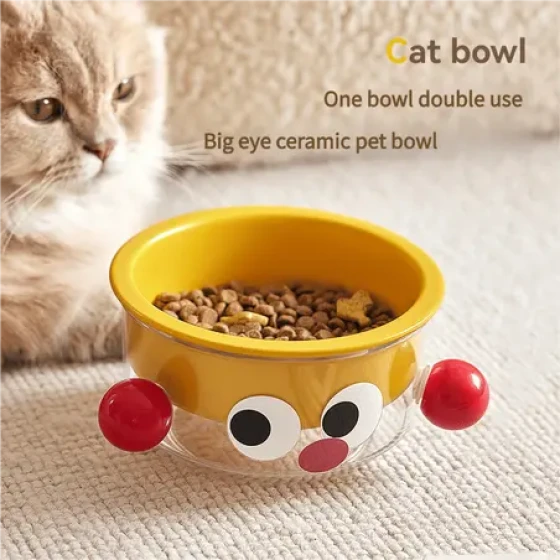The Rarest Appearances of Tabby Cats_Revealing the Hidden Models in the Cat World
When it comes to tabby cats, most people's impressions may still be stuck on simple notions like "mythical beasts under the community building" or "excellent mouse catchers." Indeed, as a native cat breed of China, tabby cats have become an indispensable part of countless family memories due to their strong vitality and widespread distribution. But if you think tabby cats are just that, it's like seeing only a part of the whole story.
In today's world where "everything can be coveted," even our tabby cats seem unable to escape discussions about "appearance" and "rarity." So, are there truly so-called "hidden models" or "SSR-level" tabby cats? What kind of appearance can be considered extremely rare and worthy of mention?
This matter needs to be discussed from two perspectives.
First: Rarity Beyond the “Standard” — The Randomness of the Genetic Lottery
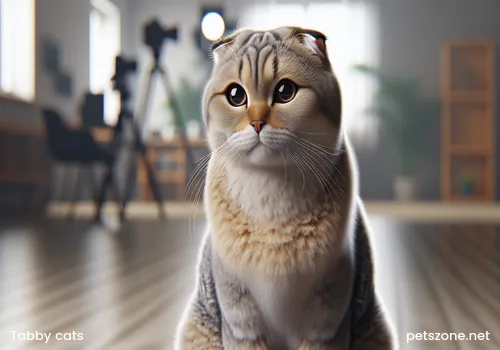
First, it must be clarified that the "tabby cat" we commonly refer to today is, strictly speaking, a large natural population (Landrace) that has not undergone intensive artificial breeding, rather than a purebred cat with strict pedigrees and breeding standards like Ragdolls or British Shorthairs. Although the International Cat Association (CFA) recognized the "Chinese Li Hua" breed in 2010 (later canceling the path to champion titles for various reasons, but the breed standard remained), it gave a relatively clear “ideal” portrait:
- Coat: Primarily brown with distinct mackerel tabby markings, darker tips and lighter roots creating layers. The belly is lighter with spots.
- Body: Robust, muscular, strong bones, smooth lines, showing power.
- Head: Slightly longer than wide, flat forehead, high cheekbones, full and strong muzzle.
- Eyes: Almond-shaped, outer corners slightly higher than inner corners, usually green, yellow, or brown.
- Ears: Medium-sized, slightly rounded tips, reasonably wide.
- Tail: Medium length, thick at the base tapering towards the tip, with clear rings and a dark tip.
This standard depicts a very classic and widely recognized tabby cat image. But nature, as the artist, never plays by strict rules. Within this huge gene pool of tabby cats, some individuals randomly combine traits that are less “standard,” which makes them quite rare.
- Non-typical colors and patterns:
- Dilute Colors: The standard tabby is richly brown. However, the cat coat genetics include a “dilution gene” (d/d) which can lighten intense colors. Tabby cats may theoretically appear as blue tabby or extremely rare lilac tabby. These soft, hazy tabbies are visually distinct and rarer encounters.
- Patched Tabby / Torbie: Because the gene controlling fur color is sex-linked (Orange gene on the X chromosome), female cats may combine brown tabby with red (orange) patches, creating the so-called “patched tabby” or “torbie.” Such dappled tabbies, especially in males (which require XXY chromosomes or chimerism), are rare events. Of course, ordinary red tabbies are common, but this refers specifically to those showing both standard brown and orange patches.
- Silver Tabby: Under the influence of the inhibitor gene, the black or brown pigment at the root is suppressed, showing a silver-white undercoat with colored tips, creating a silvery mackerel tabby. This metallic sheen tabby is quite cool, not uncommon in other breeds but relatively low in traditional tabby populations.
- Classic Tabby Pattern: The CFA standard describes mackerel tabby, but cats also have wide, swirled “classic” or “blotched” tabby patterns. Though all are tabby, unusual pattern types might be considered “rare” among those who pursue standard conformity.
- Rare physical mutations:
- Longhaired Tabby: Tabby cats are usually short-haired. The longhair trait is recessive (l/l). For a naturally occurring longhaired kitten to appear among shorthaired cats, both parents must carry the recessive gene. This is theoretically possible but longhair individuals are truly rare in naturally breeding tabby populations.
- Odd-eyed (Heterochromia): One eye blue and the other yellow or green. This usually correlates with white coats or white spotting genes (W or S). The chance of odd eyes in pure tabbies without white is extremely low. If a tabby has white patches (e.g., white gloves, white collar) affecting eye pigment, odd eyes may occur but this combination itself is uncommon.
It must be emphasized that these “non-standard” rarities mostly reflect genetic diversity and are little surprises of random gene combinations. They might not fit a single “standard,” but in terms of lineage, they remain authentic Chinese tabby cats. From a biodiversity perspective, these variations demonstrate population vitality.
Second: The Ultimate Appearance Matching the “Ideal Type” — The Rarity of Spirit and Aura
After discussing the genetic lottery, let's return to the term “appearance” itself. In traditional Chinese culture, “appearance” is not just about color or shape but concerns spirit, temperament, and overall harmony. Viewed from this dimension, the rarest tabby cats might not be those with unusual colors but rather the perfect individuals embodying people’s ideal image of the tabby cat’s spirit.
So, what kind of tabby cat can earn such praise?
- Full of “spirit and vigor,” with wildness intact:
- Eyes: Not the lazy, cute look of a house cat but one emitting alertness, focus, even a subtle trace of “killer instinct.” A piercing gaze that seems to read hearts, full of intelligence. Imagine the description from "Book of Songs" of "bears and leopards, cats and tigers,” embodying the forest spirit.
- Posture: Not pudgy but strong and agile, smooth and powerful muscle lines, well-proportioned shoulder height, body length, and limbs. Movement shows explosive power and agility. When standing still, it carries tension ready to spring.
- Aura: Independent and confident, not overly clingy, retaining the dignity and hunting instincts of a feline predator. Even at home, it feels like a monarch patrolling its territory.
- Clear, distinct patterning with harmonious and sophisticated coloration:
- Standard Mackerel Pattern: Lines are sharp and clear, not blurred or broken, evenly spread from the spine. The forehead shows a clear “M” or characters resembling Chinese characters (“川” or “王”), adding a legendary aura.
- Necklaces and shoulder butterfly patterns: Clear ring patterns (necklaces) around the neck, more than one, and shoulder blade markings resembling butterfly wings. These are bonus points in the CFA standard and traditional signs of “good appearance.”
- Color contrast: The brownish-yellow (or beige) background contrasts sharply and cleanly with dark tabby stripes, appearing neat and fresh. The overall coat is glossy and healthy.
- Head shape and bone structure conforming to traditional aesthetics:
- Head lines: Neither overly round (which looks dull) nor too sharp (which looks harsh), but distinctly contoured with a sense of strength. Referencing ancient paintings of tabby figures, often different from today's popular “chubby face.”
- Strong bones: Powerful limbs, thick paw pads, sturdy tail, overall giving a “solid frame” rather than delicate or fragile.
Such a tabby cat combining both form and spirit, with a strong aura and perfect details, even if its coat is the most common brown mackerel pattern, is in my opinion no less rare and perhaps more so than those distinguished only by unusual colors.
Why?
Because the former is a genetic lottery, an accident; the latter is the result of numerous generations of natural selection and chance factors aligning all indicators close to the “golden ratio.” This requires an optimal gene combination, good growth conditions, a healthy body, and an indescribable “spiritual aura.”
Just like when we evaluate a person: unique looks can be eye-catching, but what truly fascinates and is unforgettable is the charisma, spirit, and balanced overall presence that radiate from within. Cats are no different.
So, what is the rarest appearance of the tabby cat?
- If you pursue “uniqueness”, then tabbies with dilute colors, silver, patched torbies, or traits like long hair and odd eyes are indeed relatively rare.
- But if you seek “perfection”, those that perfectly embody the tabby as a strong, intelligent, and wild-spirited eastern mythical cat, then a standard tabby cat with proper appearance, vigorous spirit, clear patterns, and powerful aura might be the true “hidden model,” a “dragon and phoenix among cats” that is rare and hard to find.
Of course, regardless of appearance, every pet cat is a unique treasure to its owner. Discussing rarity is more about satisfying curiosity and exploring the diversity of this ancient breed. If you do meet one — whether a genetic lottery or an ideal archetype — cherish this bond. After all, the emotional connection between a cat and its human surpasses all appearances, doesn’t it?
(I'm slipping away now—if I go on, my ordinary tabby cat at home, folding its paws with a "stupid human" expression, will surely look down on me.)
